What is Creatine?
Creatine is one of the most well-researched and effective supplements for increasing strength, muscle mass, and performance. It is a naturally occurring compound found in small amounts in foods like red meat and fish. However, supplementation ensures your muscles have a readily available energy source to power through high-intensity workouts.
The Gold Standard: Creatine Monohydrate
What is Creatine Monohydrate?
Creatine Monohydrate is the most widely used and studied form of creatine. It has been proven to increase muscle mass, improve exercise performance, and support cognitive function.
Benefits of Creatine Monohydrate:
Proven Effectiveness – Backed by hundreds of scientific studies.
Cost-Effective – Most affordable form of creatine.
Highly Bioavailable – Easily absorbed by the body.
Muscle Hydration – Helps pull water into muscle cells for a fuller look.
ATP Production – Enhances energy output during intense training.
Creatine HCL: A Newer Alternative
What is Creatine HCL?
Creatine Hydrochloride (Creatine HCL) is a more recent form of creatine that binds the molecule to hydrochloric acid. This formulation claims to offer better solubility and absorption compared to monohydrate.
Benefits of Creatine HCL:
- Increased Solubility – Dissolves more easily in water.
- Reduced Bloating – Some users report less water retention compared to monohydrate.
- Smaller Doses Required – Due to enhanced absorption, lower doses may be effective.
Creatine Monohydrate vs. Creatine HCL: Which One Should You Choose?
Effectiveness
Both forms support strength and performance, but Creatine Monohydrate has decades of research backing its effectiveness, while HCL has limited studies in comparison.
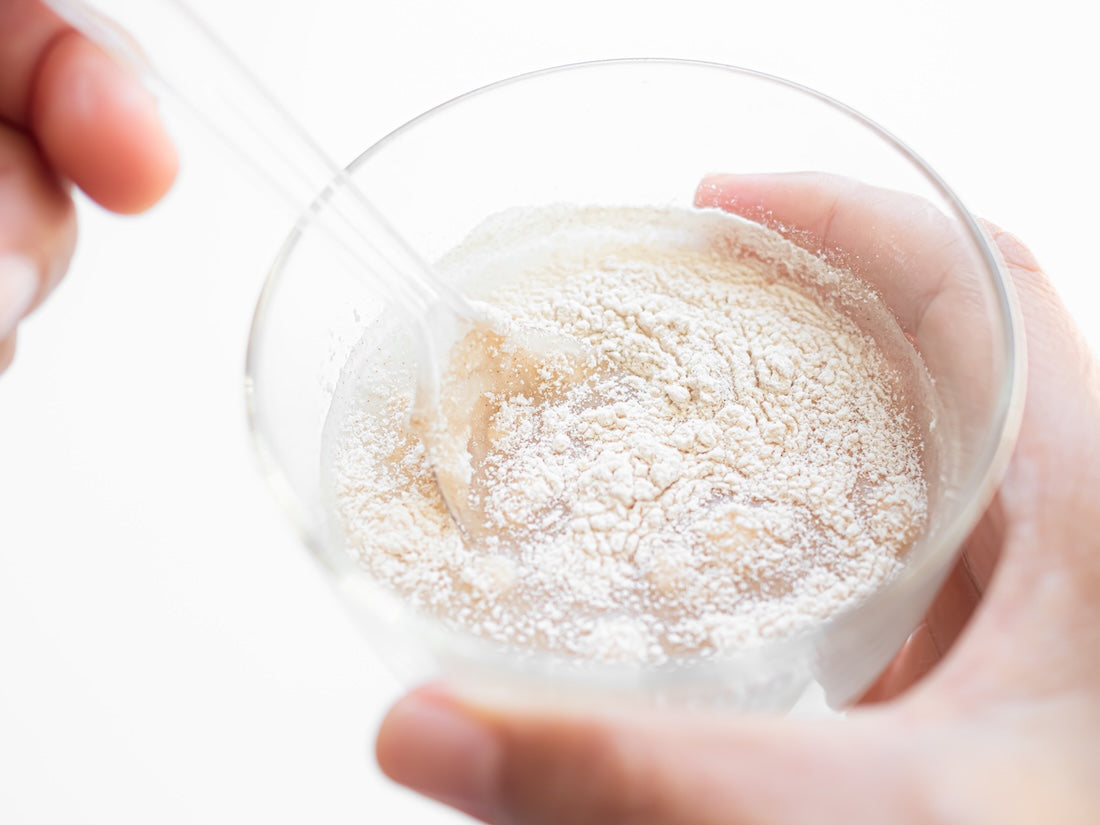
Absorption & Solubility
Creatine HCL is more soluble in water, which may make it easier to digest for those who experience bloating with monohydrate. However, monohydrate’s absorption can be improved by simply taking it with food or warm water.
Creatine Monohydrate is the most widely used and studied form of creatine. It has been proven to increase muscle mass, improve exercise performance, and support cognitive function.
Cost Comparison
Creatine Monohydrate is significantly cheaper and available in larger quantities, making it the better option for budget-conscious consumers.
Dosage
Creatine Monohydrate: Standard dose is 3-5g per day.
Creatine HCL: Due to better solubility, a smaller dose of 1-2g per day is typically recommended.
Which One is Right for You?
If you want the most researched and cost-effective option → Go with Creatine Monohydrate.
If you have digestive issues with monohydrate → Try Creatine HCL.
If budget is a concern → Creatine Monohydrate is the better value.
Final Verdict
Creatine Monohydrate remains the gold standard due to its overwhelming scientific support, affordability, and effectiveness. While Creatine HCL may offer benefits for those with digestive sensitivities, it lacks the extensive research backing monohydrate.
Where to Buy High-Quality Creatine
When choosing a creatine supplement, opt for 100% pure, lab-tested Creatine Monohydrate from a trusted brand. Look for third-party testing certifications to ensure quality and purity.
Related Articles:
Best Time to Take Creatine for Maximum Absorption
- 5 Tips for faster recovery
- Unlocking the Power of Glutamine for Performance Athletes and Bodybuilders
- Boost Your Athletic Performance with These Effective Workout Tips
FAQ
1. Does Creatine Cause Water Retention? Yes, but primarily inside muscle cells, which enhances muscle fullness and strength.
2. Can I Mix Creatine with Protein? Yes! Creatine and protein work synergistically to support muscle growth.
3. Should I Cycle Creatine? No, cycling is unnecessary as long as you take the recommended daily dose.
4. Is Creatine Safe? Yes, extensive research confirms creatine is safe for long-term use.
By incorporating Creatine Monohydrate into your routine, you’ll experience enhanced performance, faster recovery, and improved strength—all without breaking the bank!
-Jon Klipstein
"Before launching our Creatine products, I had the same questions as we went back and forth on what would be the best source of Creatine to offer our customer base. After lengthy R&D, plus internal research we made a decision based on what we felt would be best for our users. This blog is the high level overview of our findings."
Featured product
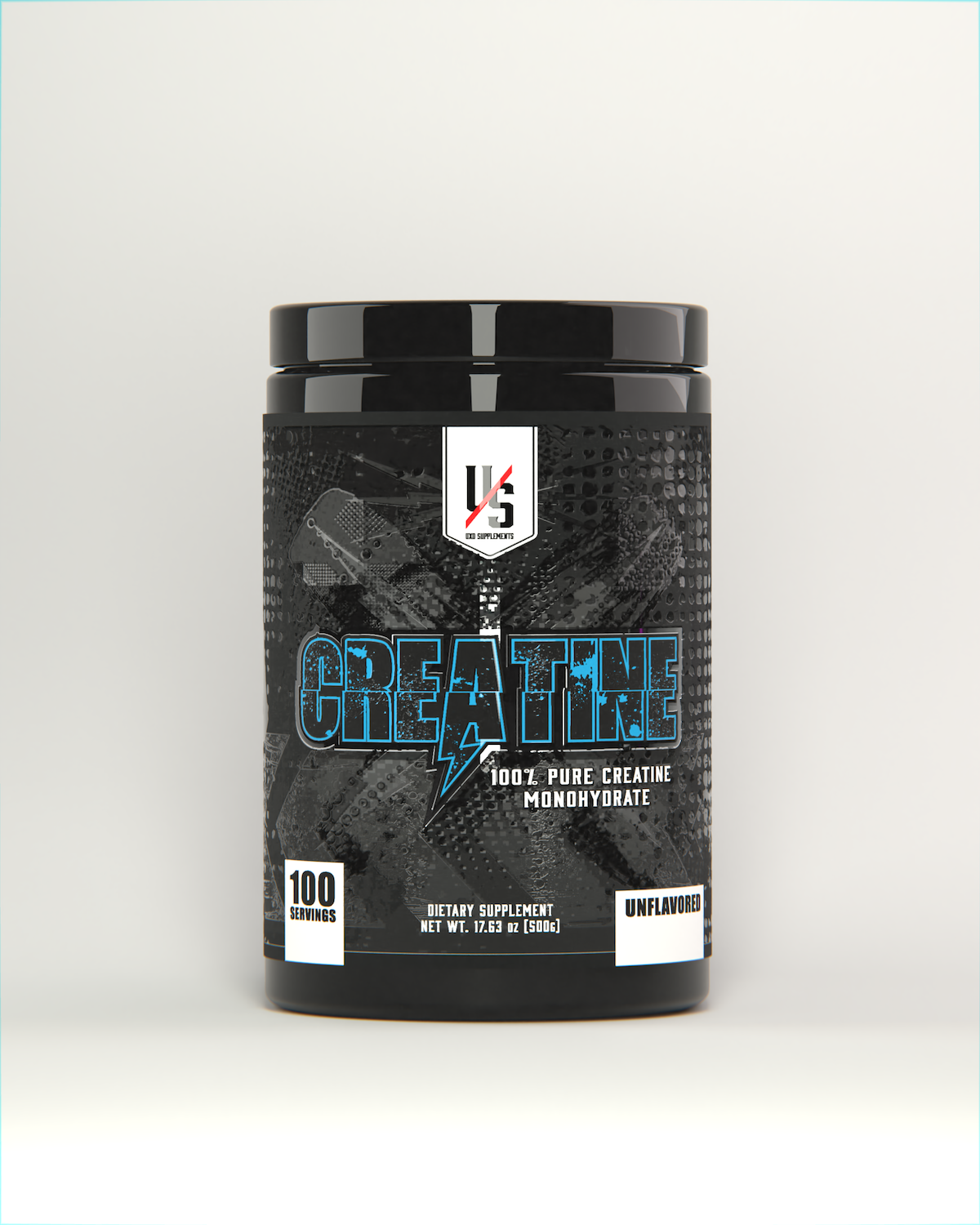
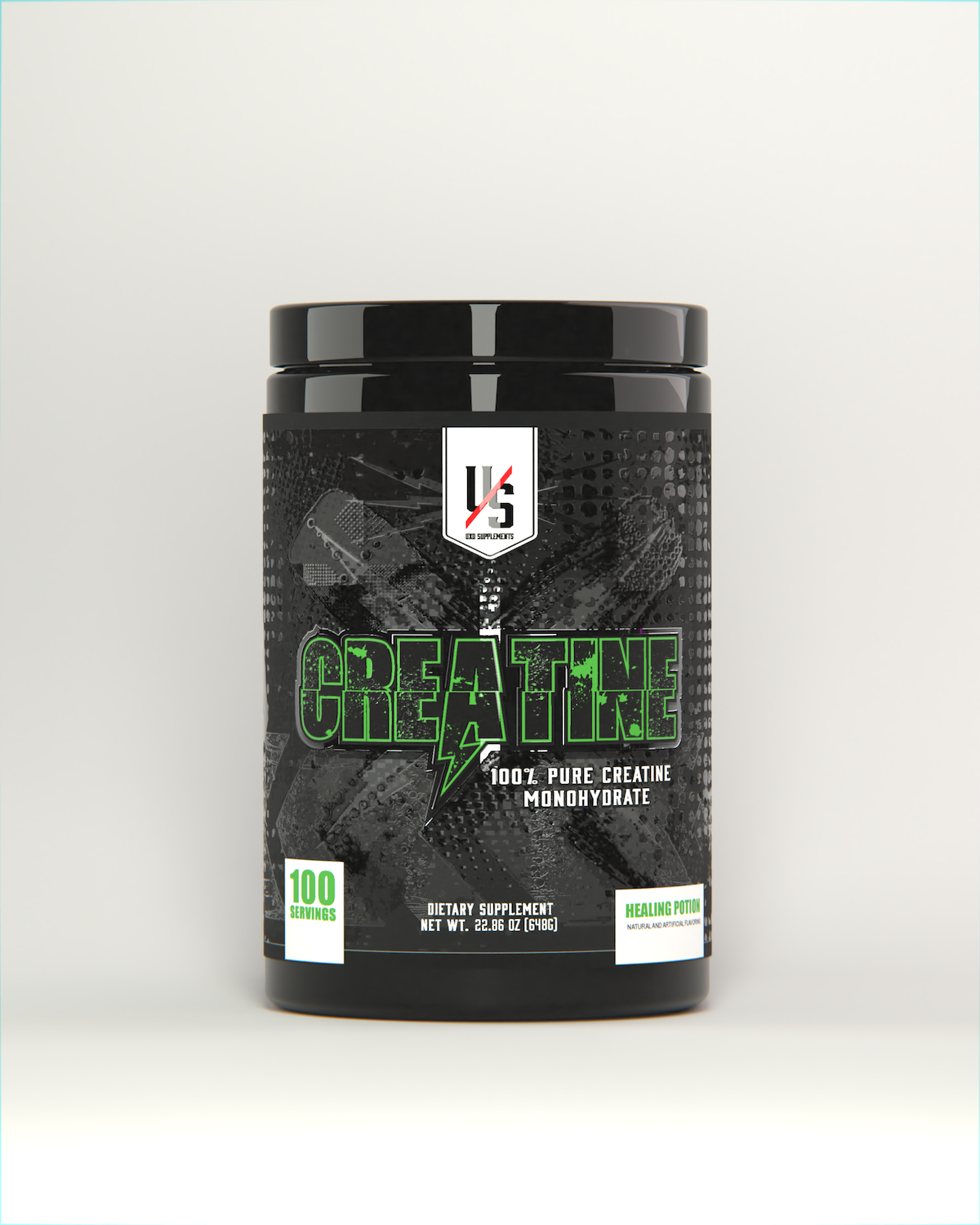
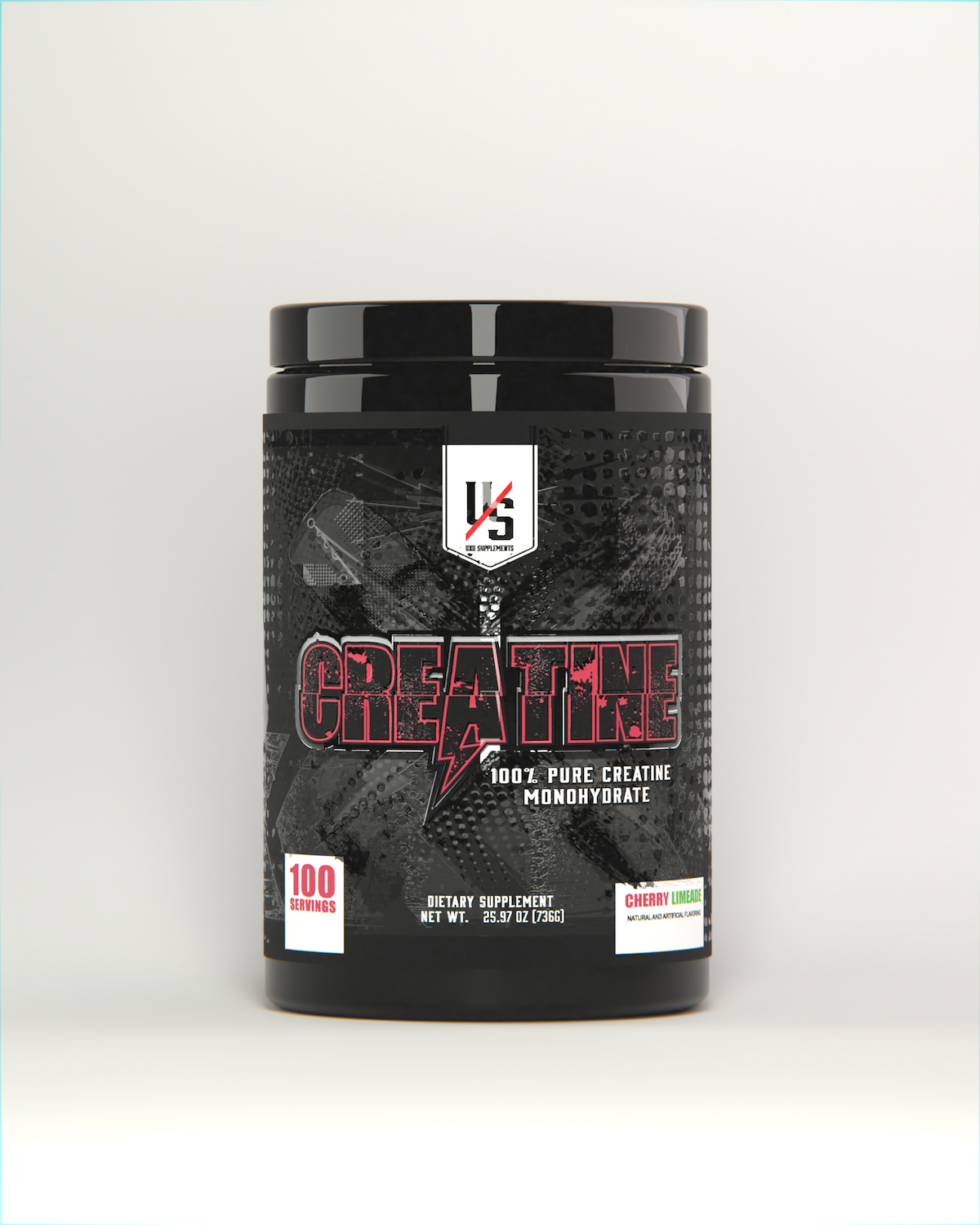
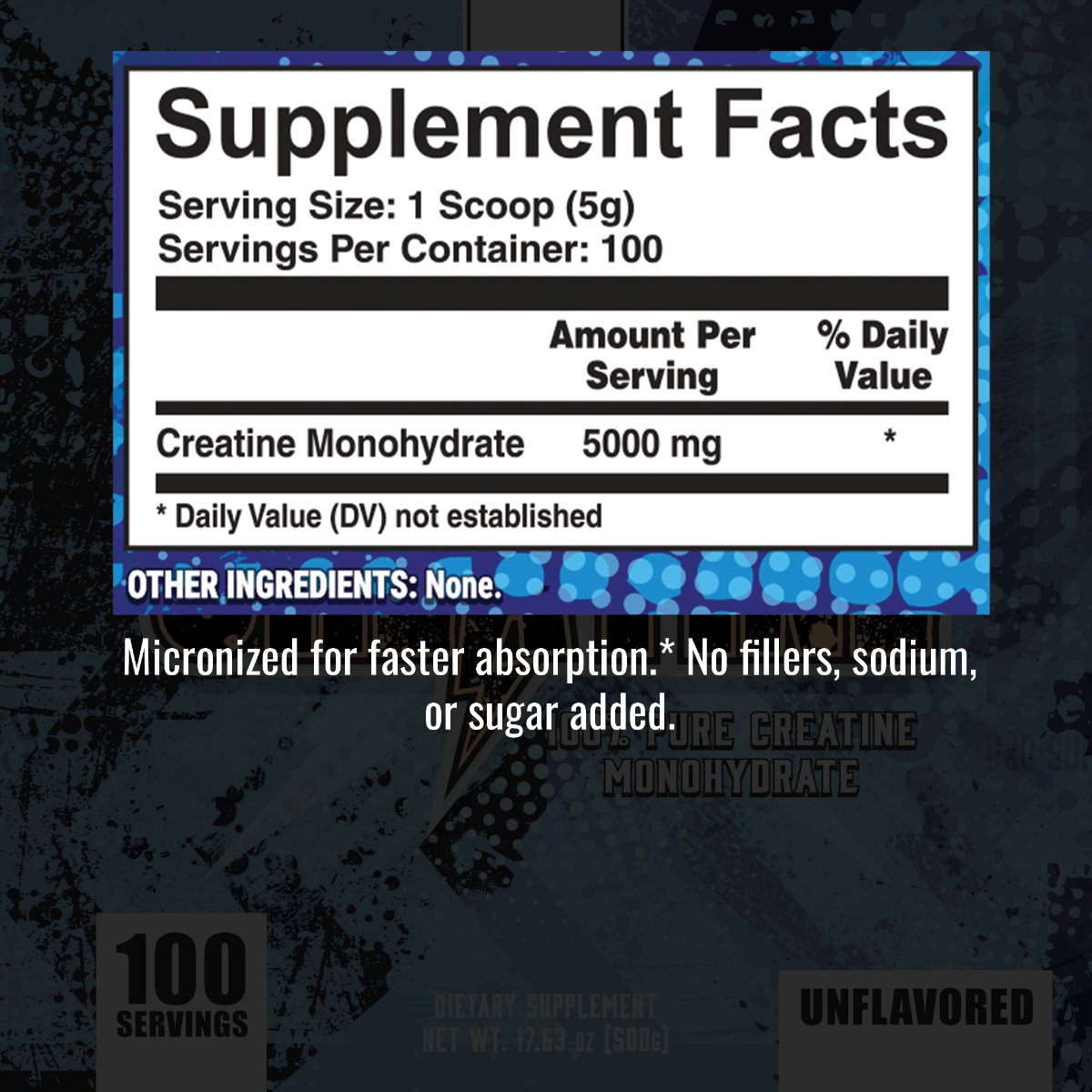
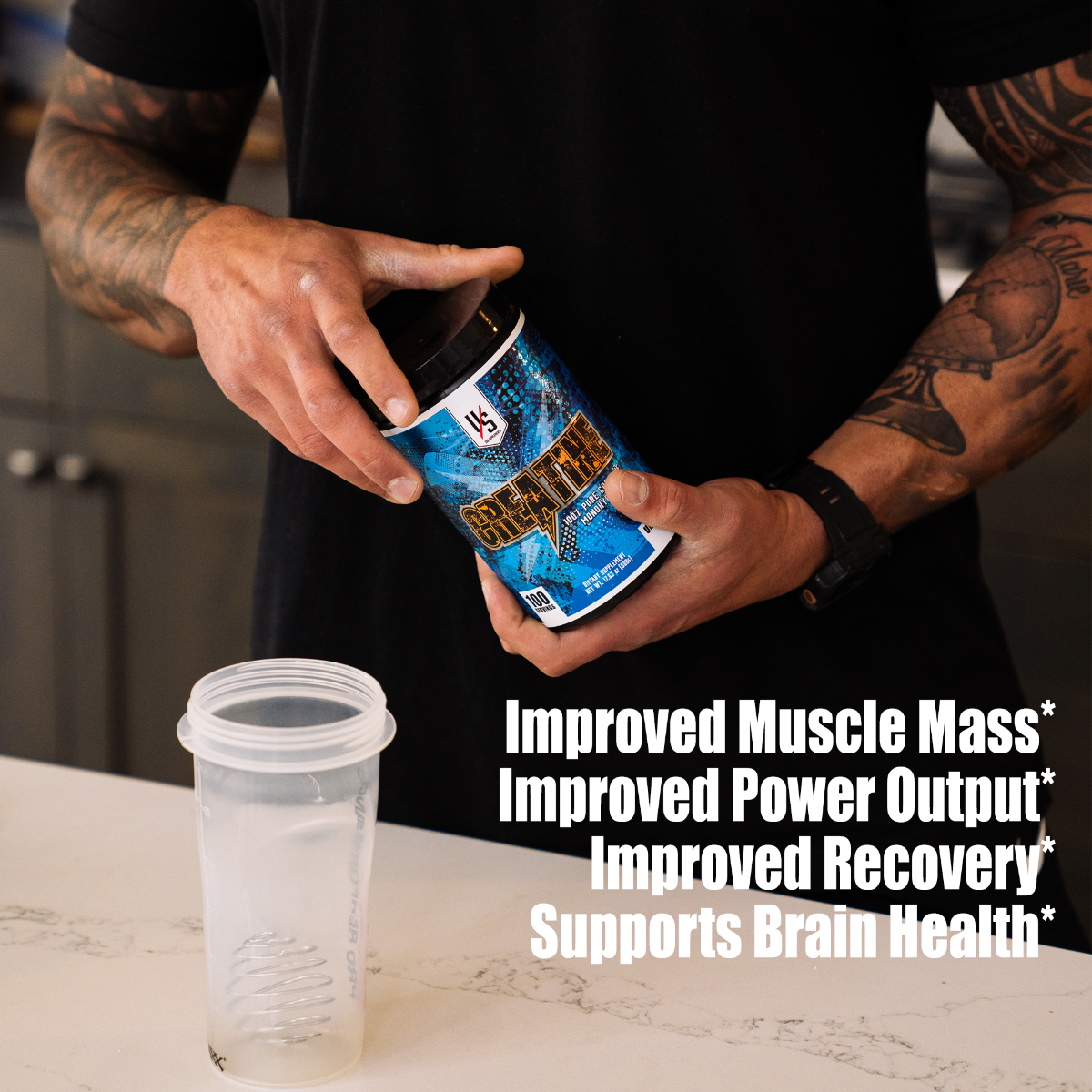
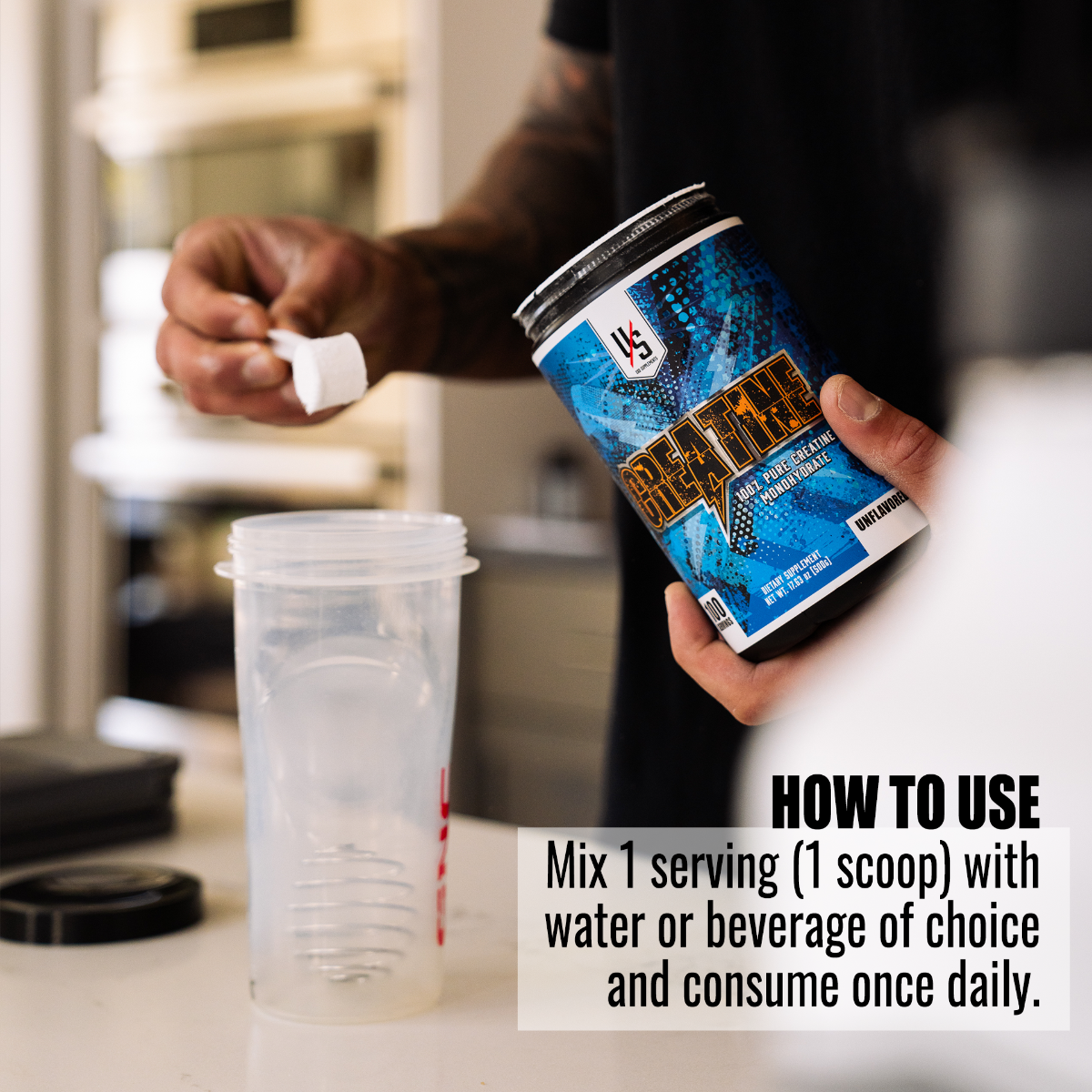
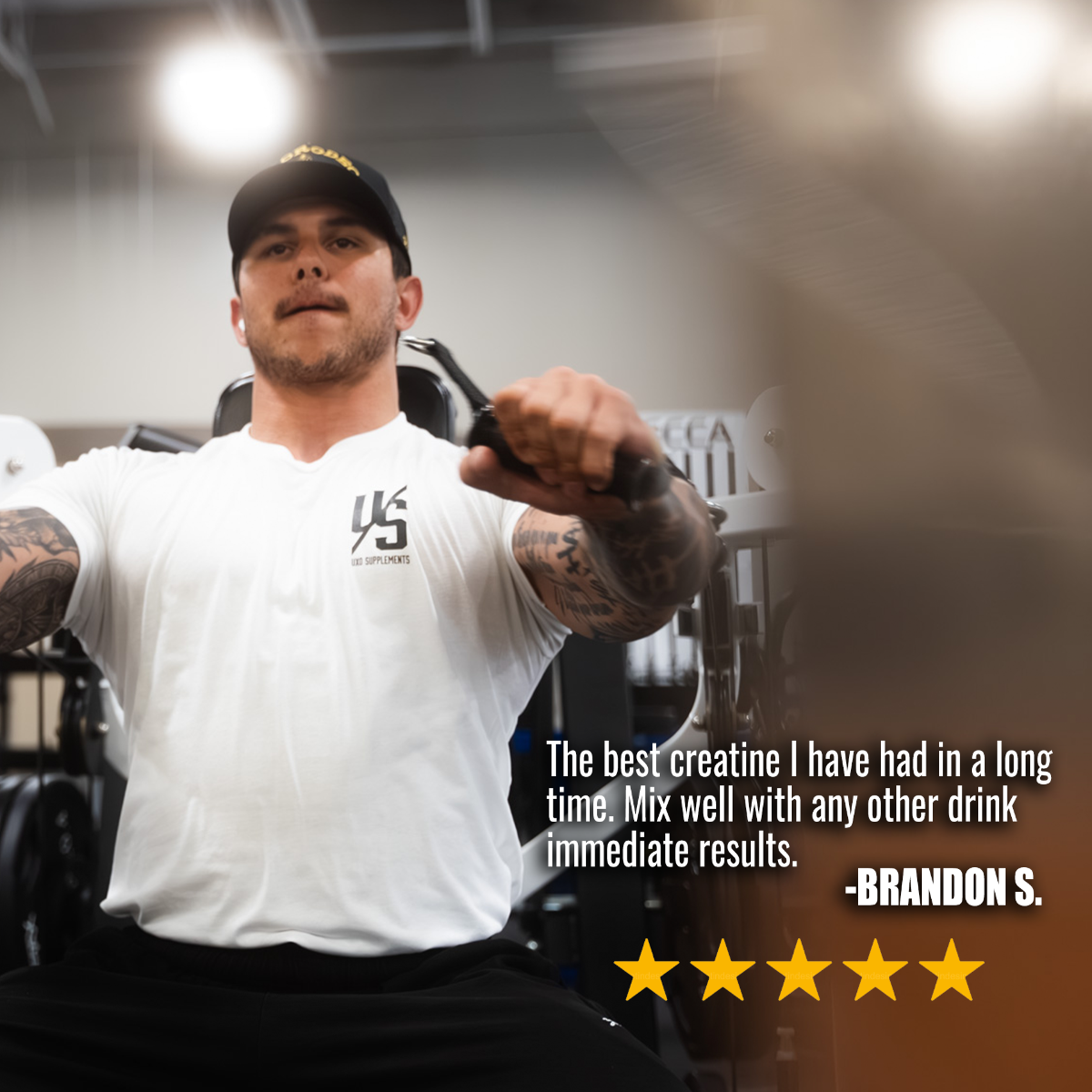
Pickup available at 11880 W. President Dr. Suite D
Usually ready in 24 hours

Micronized Creatine Monohydrate
100 serving / Healing Potion
11880 W. President Dr. Suite D
11880 W President Dr
Suite D
Boise ID 83713
United States
PRODUCT DETAILS
100 servings per container |
|
Increased muscle and strength |
|
improved recovery |
|
could support brain health |
How do you choose the right Creatine Monohydrate?
1: While Creatine Monohydrate is the most popular version, there are differences in Creatine Monohydrate. If you are worried about stomach sensitivity, we recommend taking a Micronized Creatine Monohydrate. Micronized meaning it has been broken down into smaller particles to improve solubility.
2: Is 3rd Party testing important to you? Are you a drug tested athlete, or concerned about cross contaminents making their way into your products? The only way to ensure you are getting exactly what is on the label, without any traces of potential banned ingredients is to choose a product that is 3rd party tested.
3: How do you want to take your creatine? Stack it with your preworkout or EAAs? Then a non-flavored one would be a great opton. If you want to take Creatine by itself, we recommend a flavored version.
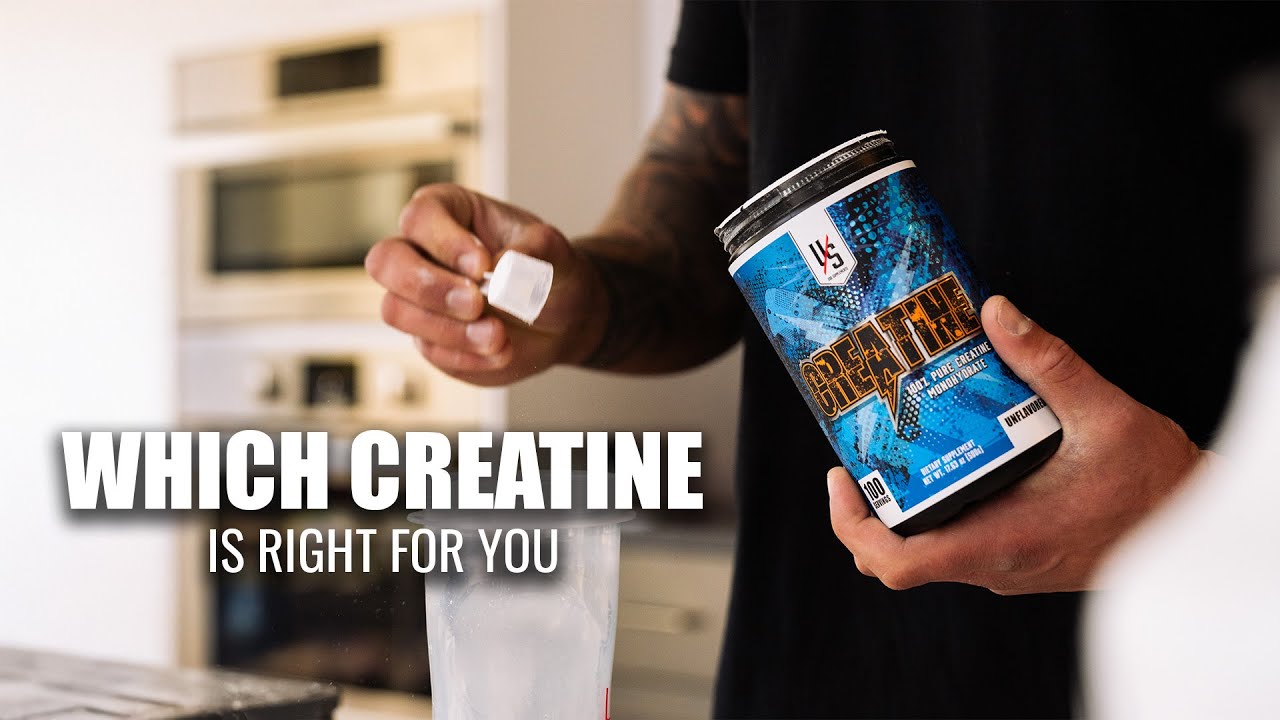
Video
Did you know you can now get Flavored Creatine through UXO Supplements?
With the increased popularity and ever evolving studies on the benefits of Creatine, we decided to give you options. With the unflavored version, you need to be able to mix it with something to mask the bitterness of the raw ingredient. Now you can take Creatine by itself with one of our flavored versions. More will be coming as we continue to grow.
Creatine Monohydrate Pros and Cons
CONS |
|
Not as soluble as HCL |
|
Causes GI Distress with a small % of population |
|
Squats are one of the most beneficial exercises you can conduct to strengthen hips, knees, hamstrings, and legs. However, it is also one of the easiest exercises to injure yourself if you do not focus on proper technique.
Have you ever injured yourself while squatting? People think that squats are quite easy however when performed correctly, they are difficult and tricky. Moreover, improper squats can strain body structures like knees and hips, sometimes in very serious ways.
In this article, you will learn about incorrect squatting techniques and the most common mistakes made during these exercises.
1. Improper posture;
2. Putting too much weight on the toes;
3. Squatting too low;
4. Squatting too fast;
5. Breath Holding;
Improper Posture
A suitable posture is essential for proper squats. Squats tone the body, strengthen muscles and improve balance.
· While squatting, the spinal cord should be straight and you must not bend forward too much. Otherwise, you will be in an improper posture that will strain the lower back as well as the neck.
· A person should do squat exercises in such a way that the pressure of the glutes is put on heels whereas the knees put pressure mainly on the ankles.
· If the knees move past your toes, this puts enhanced stress on the knees and hence strains the muscles around them.
· In addition to putting pressure on heels, knees, and glutes, pressure should also be put on the pelvic floor muscles.
· Do not let your knees fall in (move in towards each other) as this puts undue pressure on your ligaments.
Putting Too Much Weight on The Toes
Squatting puts pressure on the heels. If a person puts increased or uneven pressure on their toes instead of heels, this can lead to muscle strain around the ankles and knees. Toes should be kept forward while squatting and even pressure should be put on the heels. The flatter the shoes the better. If you are wearing shoes with Gel soles in the heels, you would be better off removing them and squatting in your socks.
Squatting Too Low
You should always complete a squat through its full range of motion – all the way down until your thighbone is parallel with the floor. When you squat beyond this 90 °, there is increased pressure on the knees and hip joints. Conversely, stopping before the full range of motion also puts additional strain on knees, ankles, and hamstrings.
Squatting Too Fast
Sometimes to tone your body and lose excess weight you may think that increasing the pace of exercise you will mean losing more calories. However, squatting too quickly will increase the chances of injury due to carelessness. Allowing your body to rest during squats is essential.
Breath Holding
People either tend to hold their breath for too long or breathe irregularly when squatting. Both situations can cause problems. A good squat breathing technique is to inhale while going down and holding your breath while tightening your core all the way until the first phase of pushing back up. This helps protect your spine and prevent injuries while giving you more power for the lift.
Squatting helps tone the body and maintain a chiseled figure. It also assists in burning fat and building muscle. When starting new workout exercises, remember to consult professional trainers that can teach you the proper technique of squatting.
If you believe you have sustained an injury, you can employ the RICE method: Rest the injured muscles; Ice them; Compress them; Elevate them to get proper blood flow. In case of persistent pain, it is advisable to consult a doctor.
Read more

OK Pause for a second a look around . . . you will notice that snacks are involved in every nook and cranny of our lives. Either it's your sleepy study sessions or a tiring day at the office. No ma...
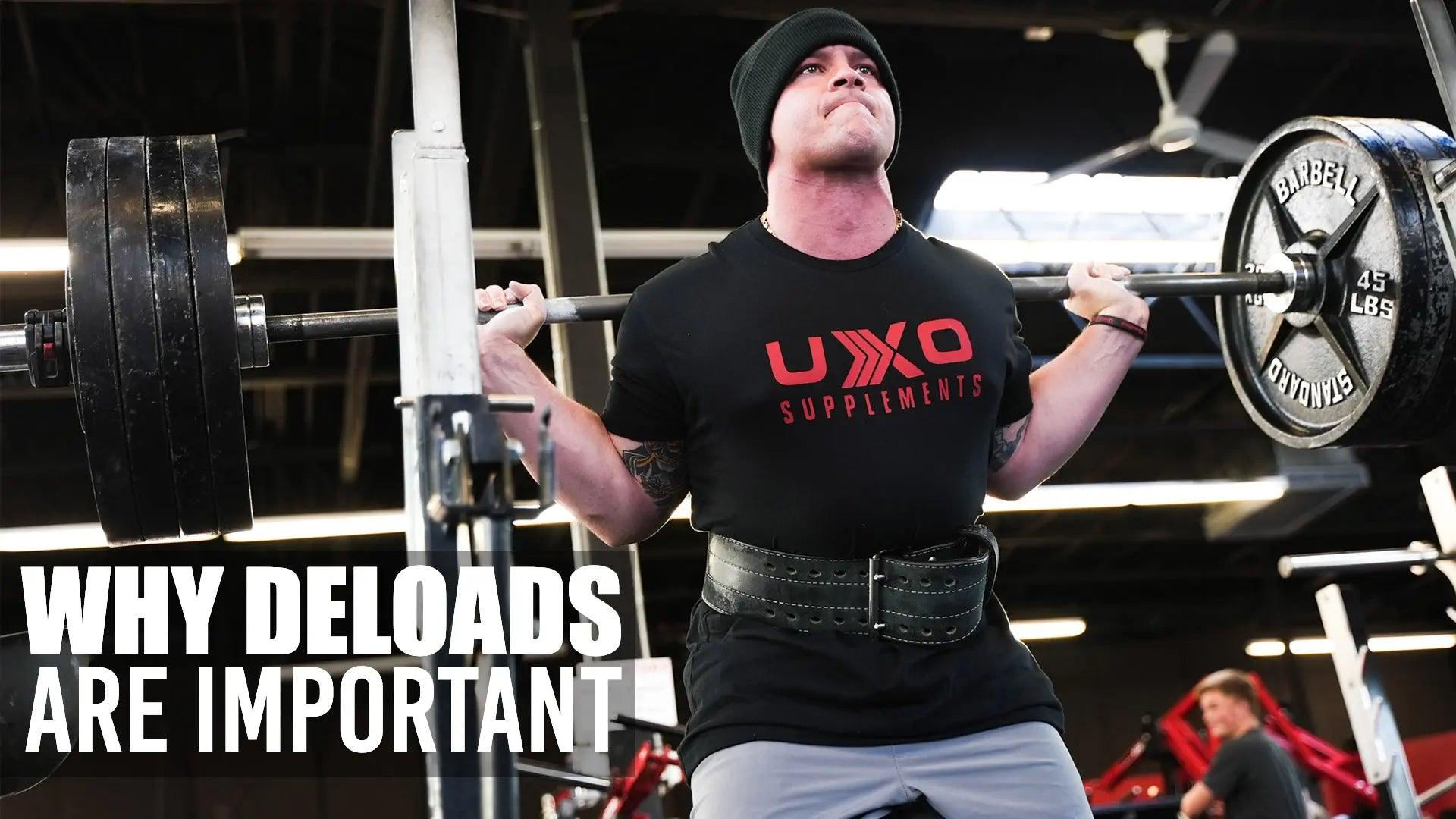
So what is a deload? A deload is a period of time (3-7 days) in which you perform less volume than usual to assist in overall recovery. Deloads are an important piece of any long-term training p...

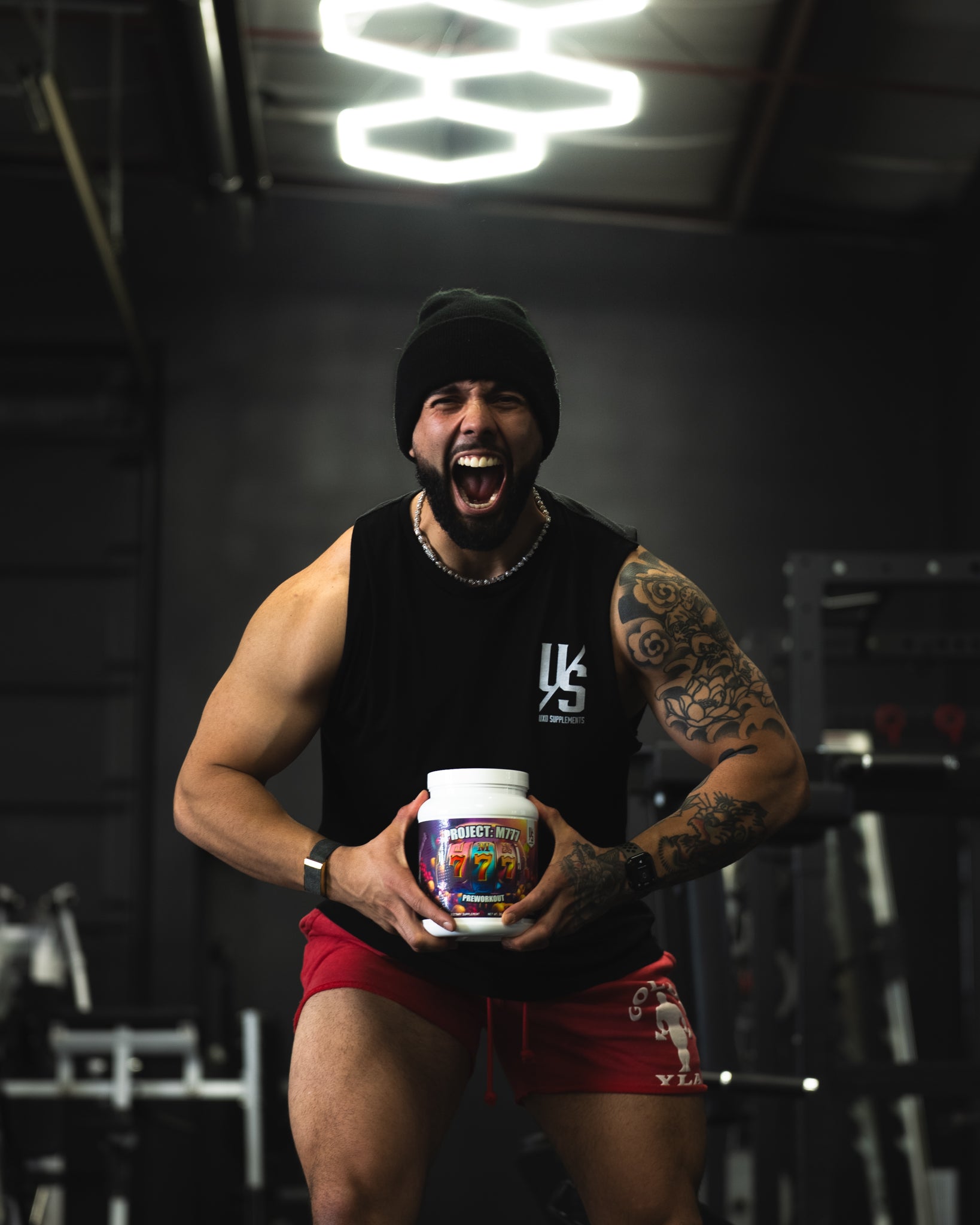




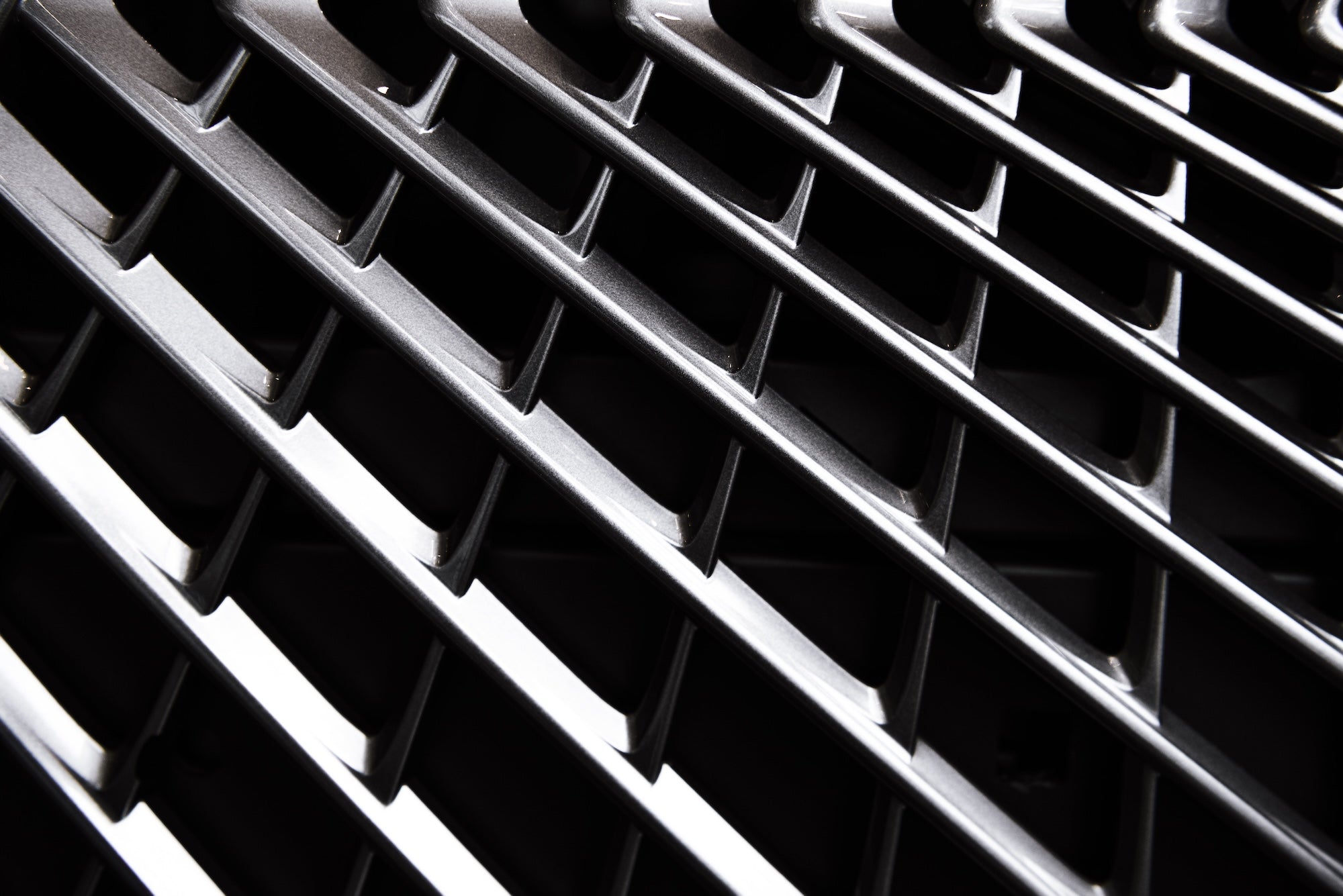


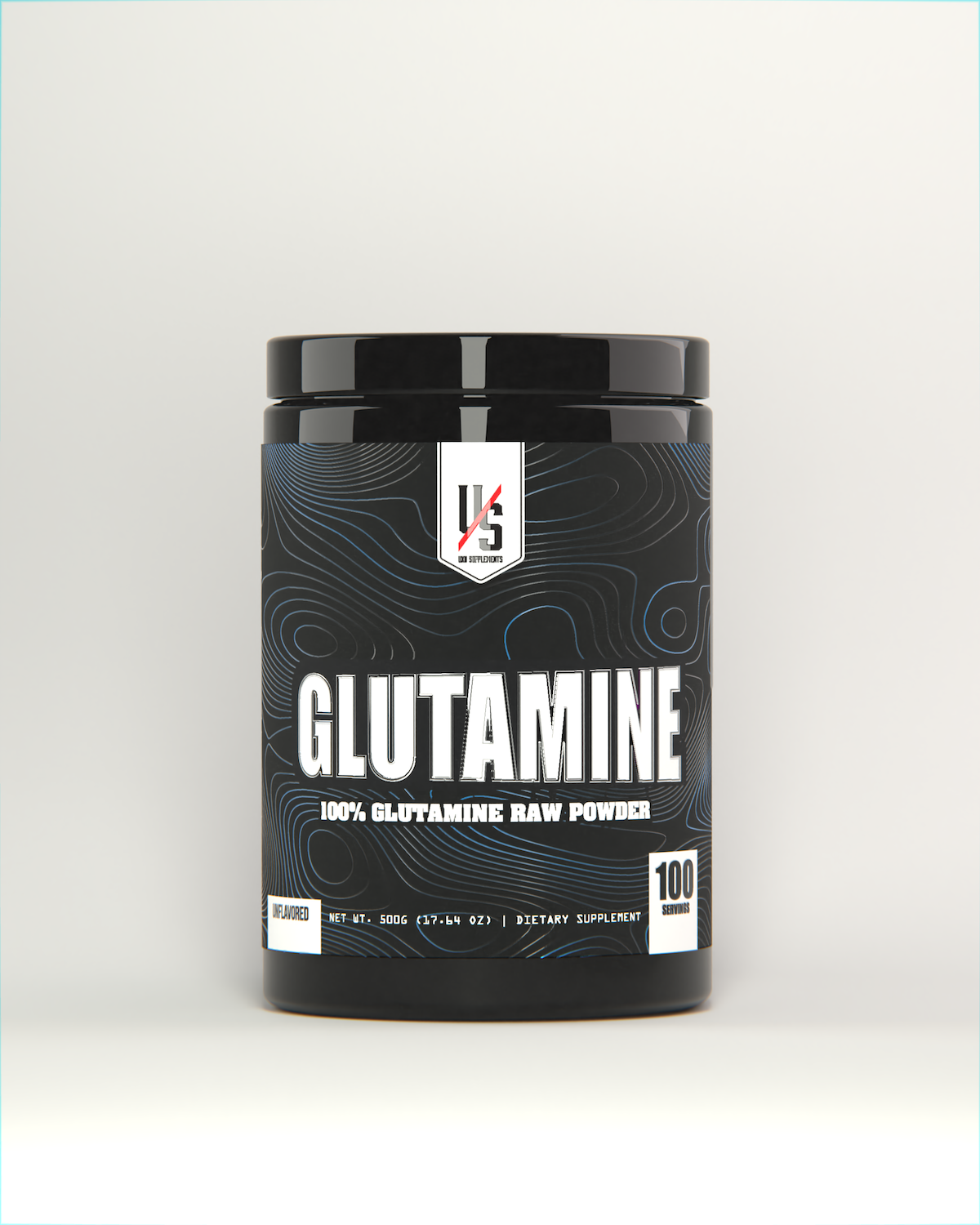

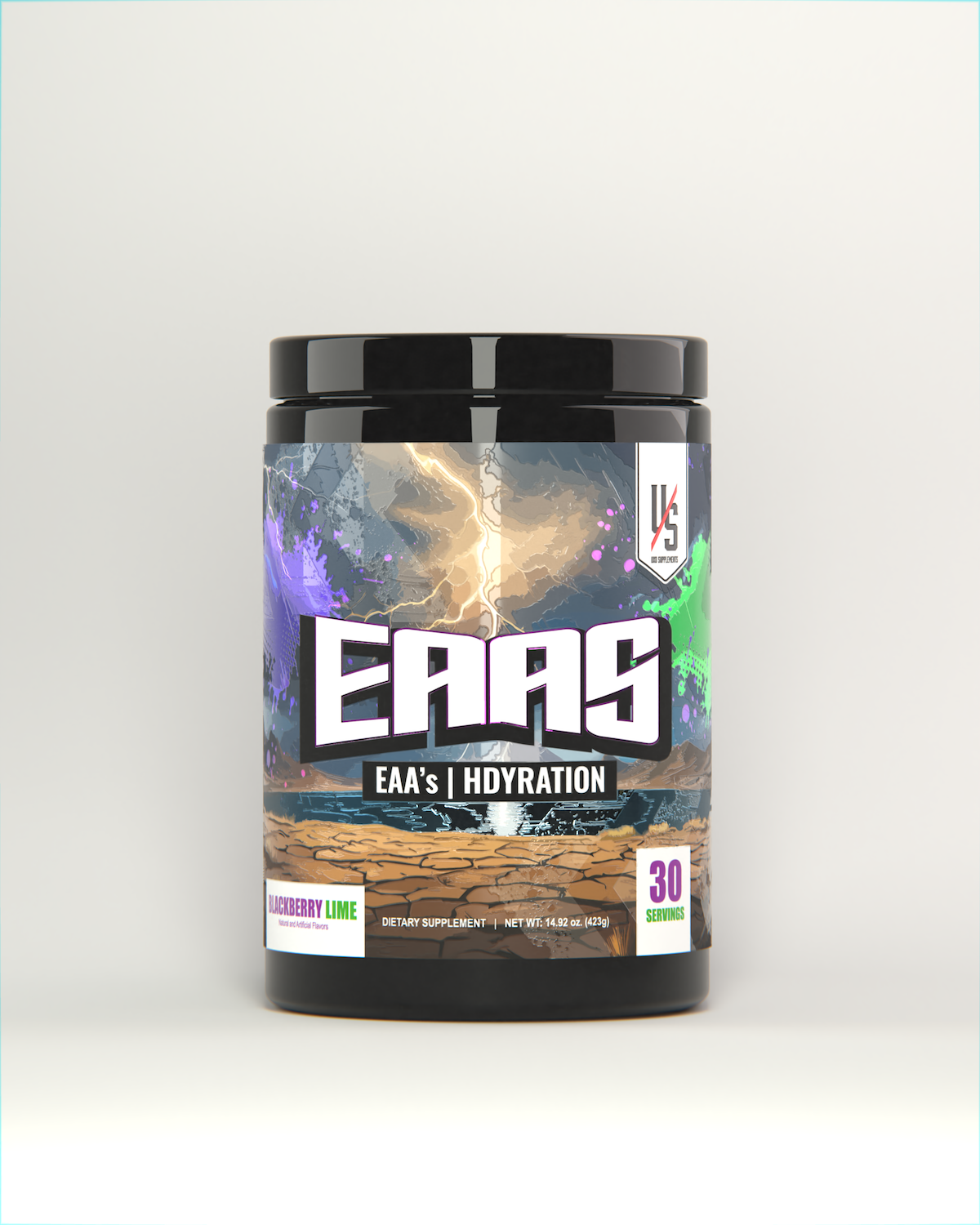
Leave a comment
All comments are moderated before being published.
This site is protected by hCaptcha and the hCaptcha Privacy Policy and Terms of Service apply.